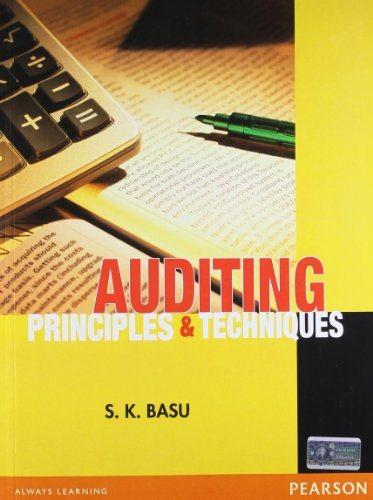pui duy 19. The management of a production facility considers shifting to a more automated system. The current system is manual and requires two workers. Each worker is paid $12/hr and produces 25 pieces/hr in total. There are two alternatives to b considered: The first one is a semi-automated system in which a machine and one worker is required. The machine can be bought for $50,000 and has a service time of 5 years. The salvage value at the end of five years is 0. The machine consumes 20kW of electrical power while running. The operator is paid the same amount ($12/hr). This system can produce 40 pieces/hr. The second alternative is to buy a full automated machine which does not require a direct labor. Initial investment cost of the machine is $150,000. This machine also has a 5-year service life with 0 salvage value at the end. Since this machine is more powerful, it consumes 50 kW of electricity while running and can produce 100 pieces/hr. If the rate of return is 15% and the electricity cost is $0.05/kWh, answer the following questions: * (A/P, 15%, 5) = 0.2983 a (14) Sketch the total cost functions of the current system and the two alternatives with respect to the annual production quantities on the same graph. Determine the breakeven points. Comment on when each of the alternatives is better depending on the production quantity. b. Determine how many hours of operation per year would be required for each method (including the current manual one) to reach a production quantity of 60,000 pieces. Comment on your results if a single shift production leads to 2000hrs of available operation time in one year. pui duy 19. The management of a production facility considers shifting to a more automated system. The current system is manual and requires two workers. Each worker is paid $12/hr and produces 25 pieces/hr in total. There are two alternatives to b considered: The first one is a semi-automated system in which a machine and one worker is required. The machine can be bought for $50,000 and has a service time of 5 years. The salvage value at the end of five years is 0. The machine consumes 20kW of electrical power while running. The operator is paid the same amount ($12/hr). This system can produce 40 pieces/hr. The second alternative is to buy a full automated machine which does not require a direct labor. Initial investment cost of the machine is $150,000. This machine also has a 5-year service life with 0 salvage value at the end. Since this machine is more powerful, it consumes 50 kW of electricity while running and can produce 100 pieces/hr. If the rate of return is 15% and the electricity cost is $0.05/kWh, answer the following questions: * (A/P, 15%, 5) = 0.2983 a (14) Sketch the total cost functions of the current system and the two alternatives with respect to the annual production quantities on the same graph. Determine the breakeven points. Comment on when each of the alternatives is better depending on the production quantity. b. Determine how many hours of operation per year would be required for each method (including the current manual one) to reach a production quantity of 60,000 pieces. Comment on your results if a single shift production leads to 2000hrs of available operation time in one year







